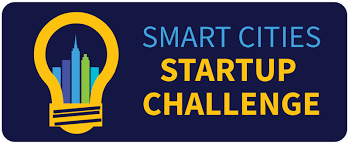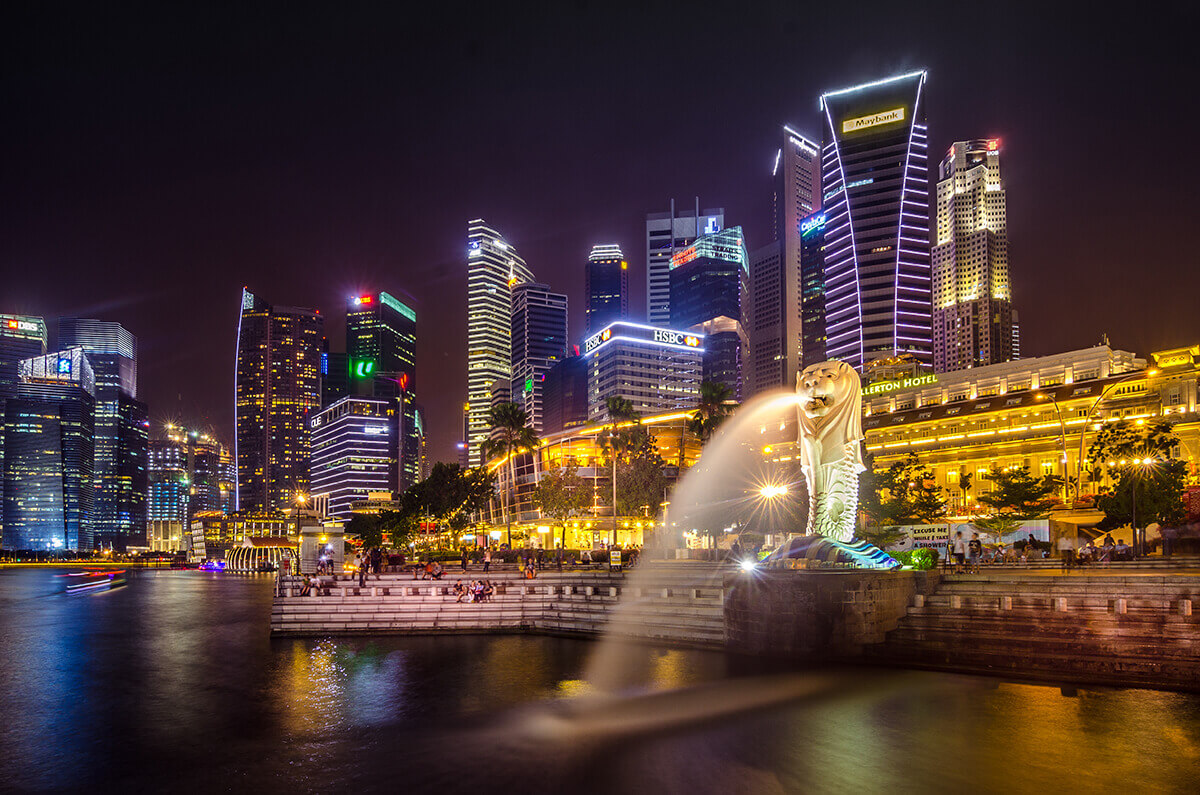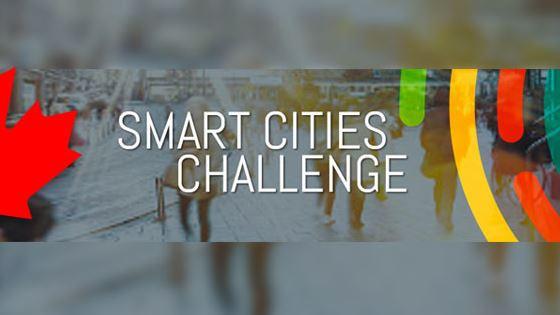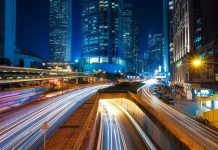
The Department of Transport in America launched the country’s Smart City Challenge in December 2015, which required mid-sized cities across the U.S to develop ideas for unique, integrated smart transportation system. The system would use technology, data and applications to ensure that goods and people are able to move cheaply, quickly and most efficiently. After the launch, the Smart City Challenge generated an overwhelming response with applicant cities sharing the challenges that they face as well as how to solve them. Later, the Department of Transport picked seven finalists to develop their ideas further.
With the U.S Department of Transport (DOT) publication of its report on “Lessons for Building Cities of the Future, the D.O.T is fulfilling its promise to share the lessons that they have learned about challenges in transportation. The publication also addresses most of the challenges that cities in the US face with innovative solutions that could tackle them. In addition, the D.O.T has also prepared a list of ideas in their Smart City Challenge dataset, which they encourage you to check.
Providing Solutions to Current and Future Challenges

The U.S D.O.T (Department of Transport) has leveraged almost $350 million in private and public funds over the past year for advanced and smart city transportation technologies. With the Smart City Challenge focusing on beyond 2045 Traffic, it offered a spark for cities that would like to transform their transport system as a way of enhancing people’s lives. The Department of Transport has dedicated up to $40 million to a city that emerges as the winner through the Smart City Challenge program.
On the other hand, the cities leveraged up to $500 million in public and private funding in response to helping them actualize the visions for a Smart City. In October 2016, the D.O.T promised $65 million additional funding in grants to promote community-driven and advanced technology in transportation systems across the cities in the U.S. The list of the cities to benefit from the funding includes 4 in the Smart City Challenge.
Apart from challenging the cities across the U.S to adopt emerging transportation technologies as a way of tackling their pressing issues, the program is also meant to spread innovation through a mixture of experimentation, collaboration and competition. The Smart City Challenge focus was aimed to be on more than just the use of technology to solve people’s lives. Consequently, the D.O.T asked the mayors to determine the most pressing transportation issues in their cities and come up with bold solutions that would revolutionize transportation in the cities. This is by meeting the requirements of the residents of all abilities and ages and bridging the digital gap to ensure that every person feels part of what their city has to offer rather appearing to favor only the tech-savvy.
Lessons from Smart City Challenge Program
As mentioned above, the challenge received an overwhelming response with 78 applications. Some cities such as Portland, Anchorage, Albuquerque and Providence also took the Smart City Challenge as an opportunity to create blueprints of their cities transportation futures. These applications proposed a number of innovative approaches to help overcome urban mobility challenges. The following are some of the ideas from the 78 Smart City visions:
- Boston
The city proposed city streets that are radically programmable and with dynamic markings, which changes from thoroughfares to loading zones and spaces for street hockey depending on the season and time of the day.
- Seattle
In its application, Seattle recommended shared data that would promote overnight and off-peak deliveries, offer dynamic routing for a truck as well as enables car share operators to deliver packages.
- Detroit
Detroit proposed that academic institutions and leaders in the technology and automotive fields would offer access to on-demand delivery trucks and electric car shares via integrated mobility apps.
- Atlanta
The city proposed multimodal transportation centers serving as hubs for economic, mobility development as well as a community activity.
- Las Vegas
LAS Vegas recommended new connected autonomous shuttles that would offer transport to workers as well as the latest solar-powered electric car charging stations that would reduce emissions.
- New Orleans
In its application, the city proposed the adoption of dynamically routed on-demand minibuses that would offer last or first-mile transportation options to underserved communities.
Common Urban Mobility Challenges

Despite the 78 applicants being diverse, all the cities faced similar mobility challenges. These include the following:
- Facilitating the movement of goods within and into the city
According to the Department of Transportation, trucks stuck in traffic in urban areas cost transporters approximately $28 million yearly in truck wasted fuel and operating costs.
- Offering Fast or Last-mile service for transit users to ensure that underserved communities are connected to jobs.
Usually, only 27 percent of the metropolitan workforce can access the typical job by transit in 90 minutes or less in most cities.
- Ensuring Efficiency in Payment and Parking Systems
Cars looking for parking account for about 30 percent of traffic in metropolitan areas.
- Coordinating Data Collection and Analysis across Sectors and Systems
About 28% of all transit agencies in the U.S have open data systems that offered transit times to the public freely.
- Optimizing Traffic Flow on Arterial Streets and Congested Freeways
According to the applications, 10% of all the traffic delay in urban areas is caused by outdated traffic signal timing.
- Reducing Carbon Emissions and Limiting the Impacts of Climate Change
The 78 cities represent over one billion metric tons of CO2 annually.
Finalists Vision for a Smart City
With the Smart City Challenge, the finalists shared their vision for a smart city that includes the following:
- Smart cities promote the reliability, safety and efficiency of how things move through automated low-speed freight delivery systems, apps that offer truckers information about parking and routes, traffic signals prioritize freight movements, which allow for automated trucks and consolidation of deliveries.
- Smart cities are supporting more sustainable and affordable mobility choices as a way of enhancing how we move. Besides, smart cities are improving reliability and quality of transit services, bicycle and pedestrian infrastructure as well as making better use the parking space.
- To improve the capabilities of the public and implement innovative solutions to transportation challenges, with many cities looking to develop new integrated data platforms.
- Smart cities are investing in ways to connect underserved communities to job centers through reliable and affordable transportation options to ensure that new technology favors all.
Conclusion
Overall, Smart City Challenge aimed at challenging the cities in the U.S to adopt emerging transportation technologies to overcome most of the pressing issues. Apart from using the latest technologies, the challenge seeks to bridge the digital gap by meeting the needs of all residents.

Denis is an article/blog and content writer with over 7 years of experience in writing on content on different niches, including product reviews, buyer’s guide, health, travel, fitness, technology, tourism. I also have enough experience in SEO writing.













